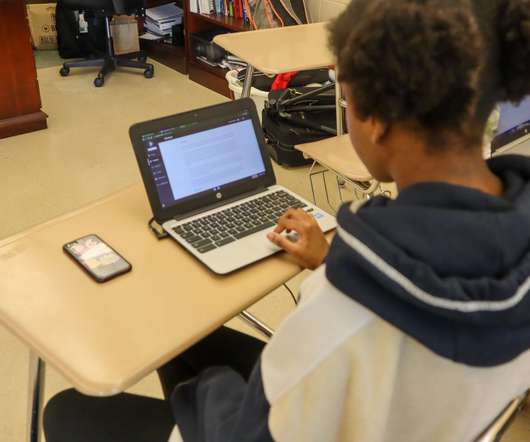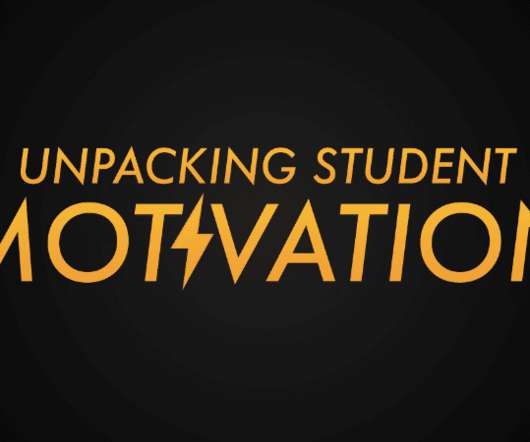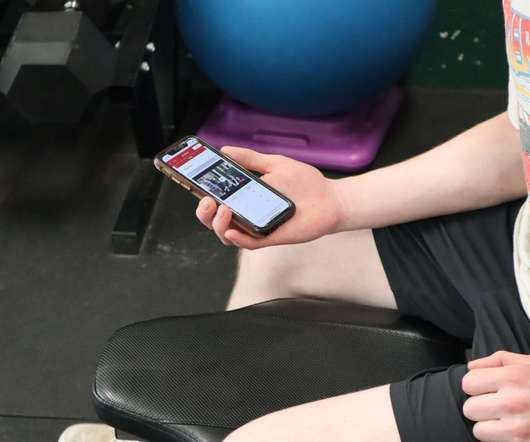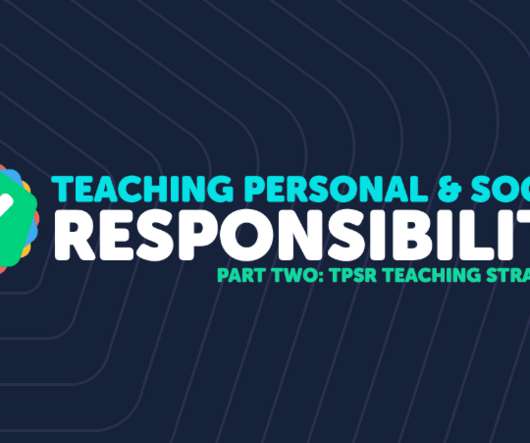Student Centered Learning Examples Using Technology
PLT4M
SEPTEMBER 20, 2022
3) Identify curricular models, including the activities that will allow students to reach the outcomes stated in the standards Aligning the student learning objectives, assessment strategies, and learning activities is known as instructional alignment (Lund & Tannehill, 2015). Foundations of Fitness Programming.











Let's personalize your content